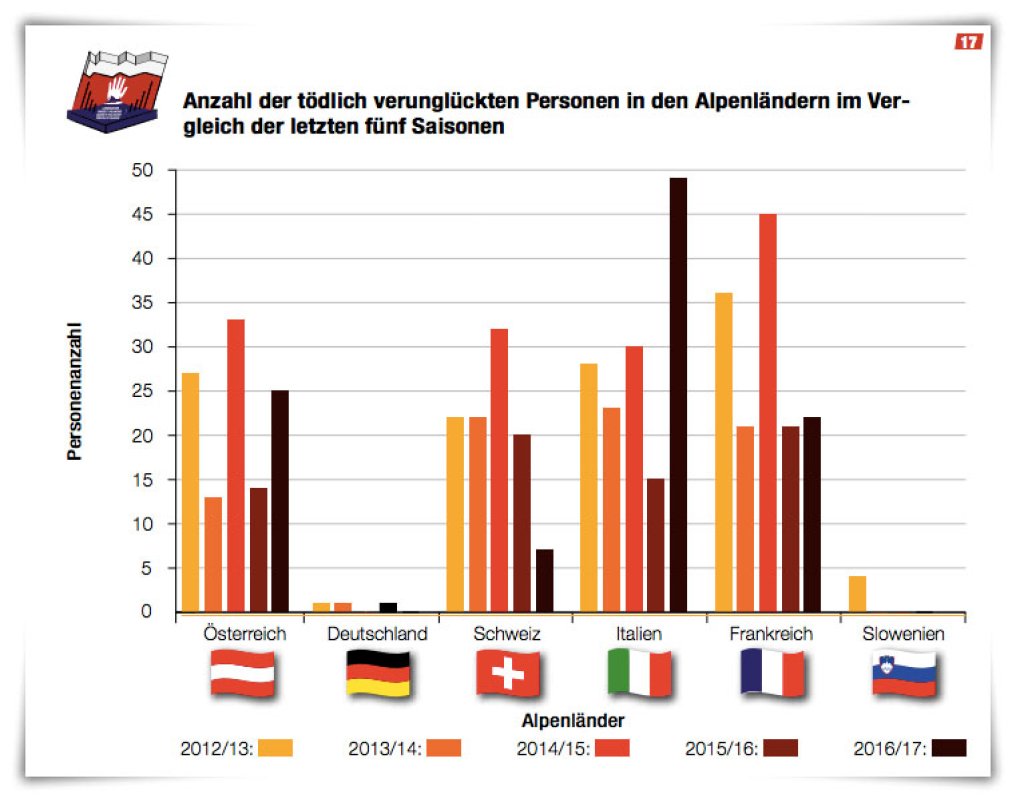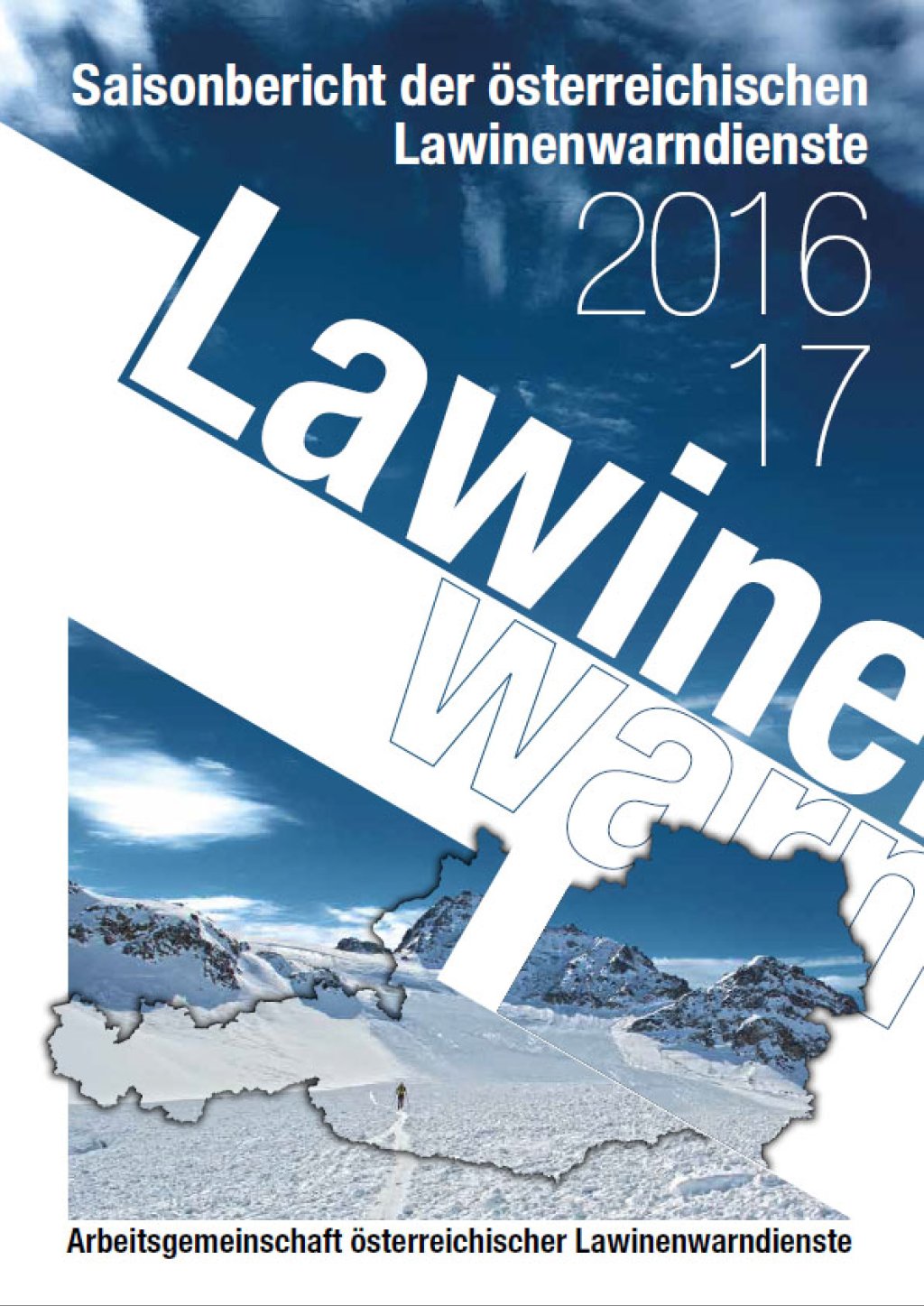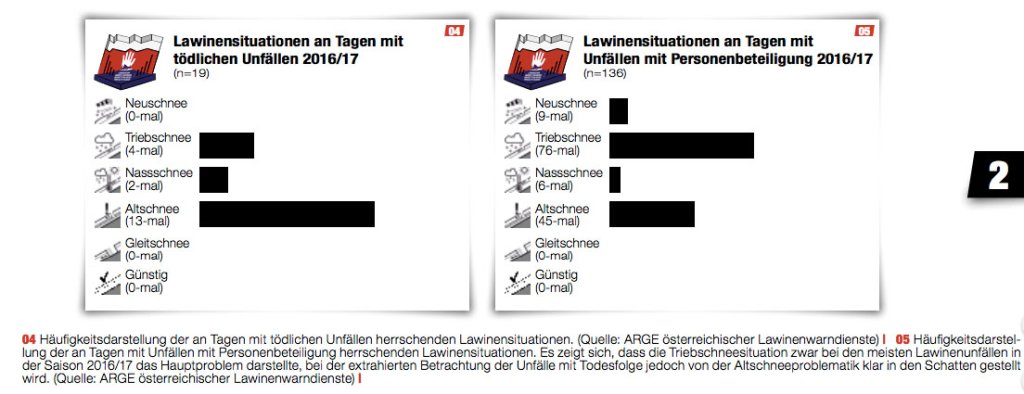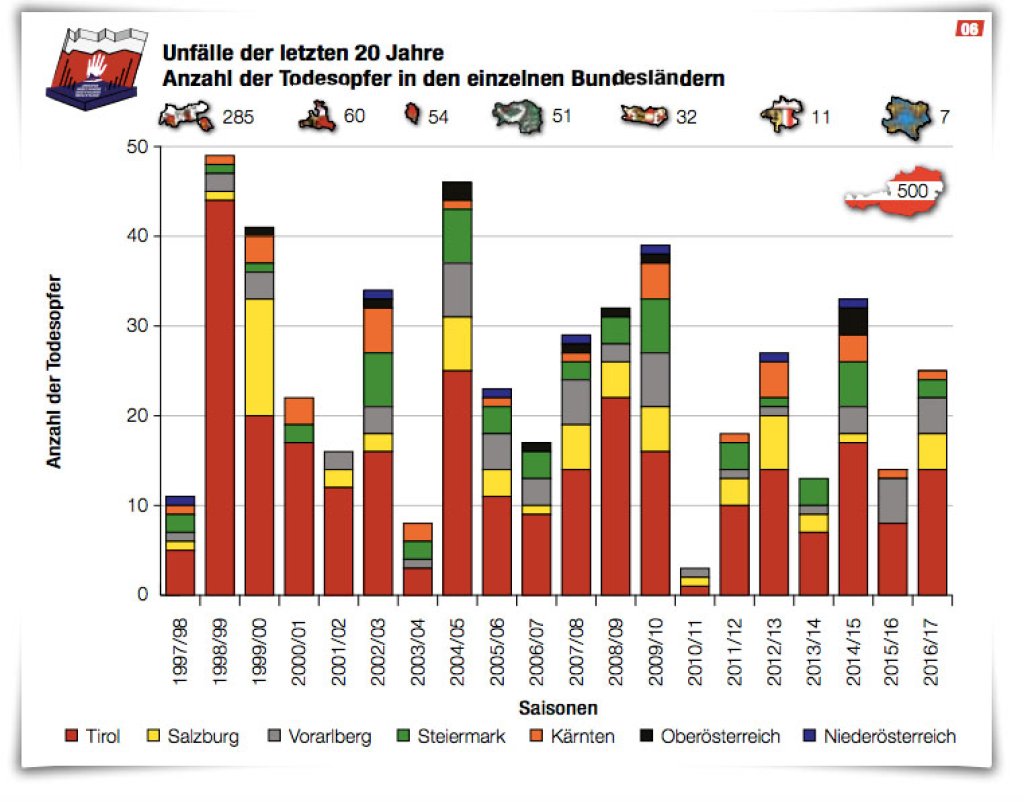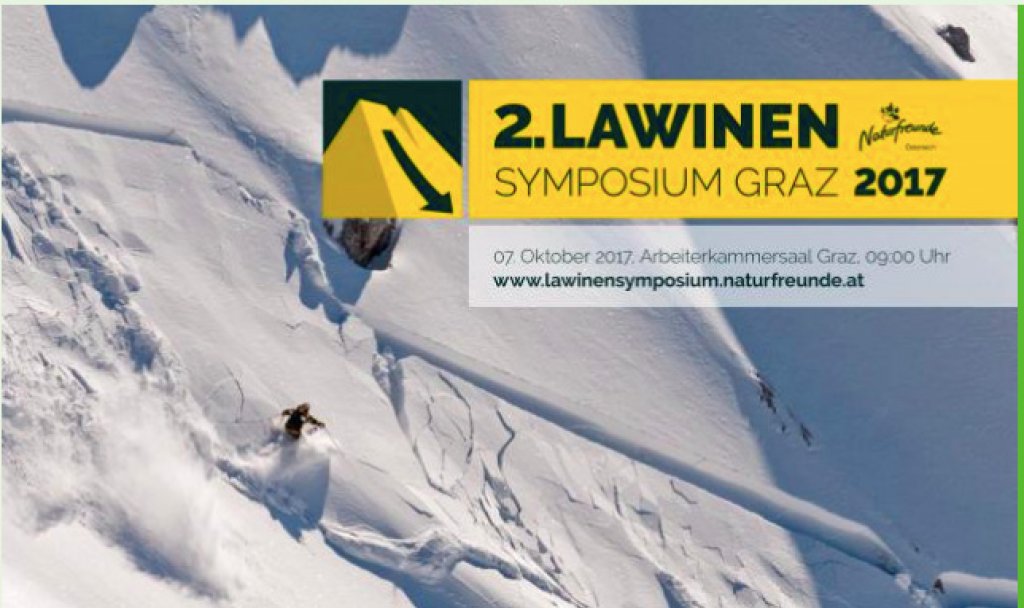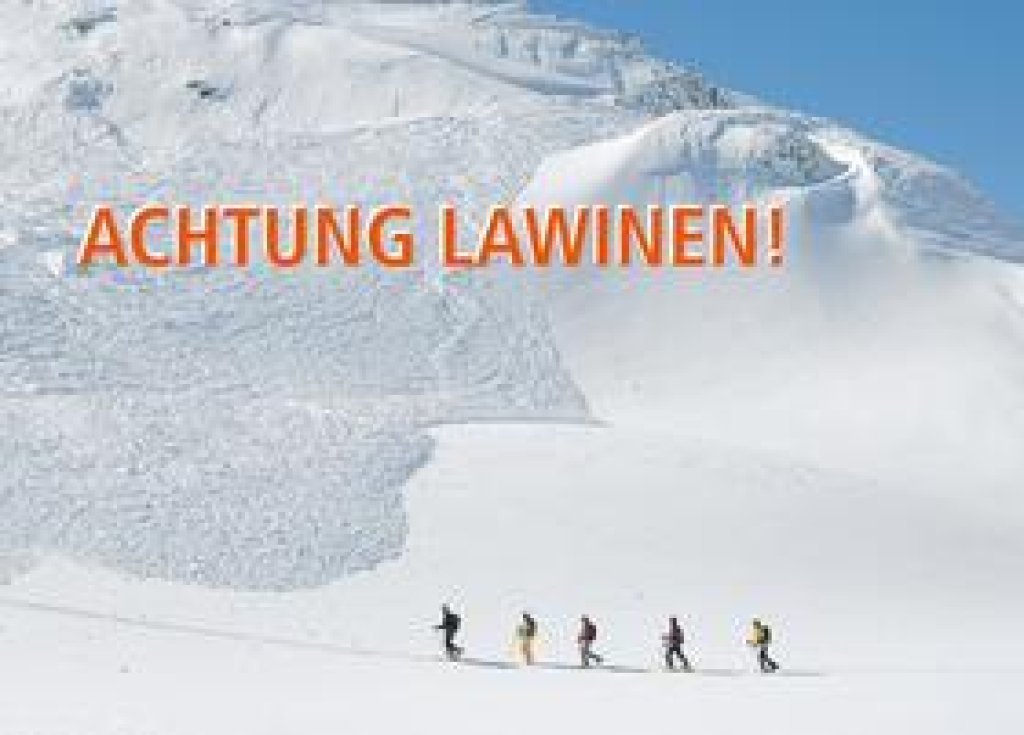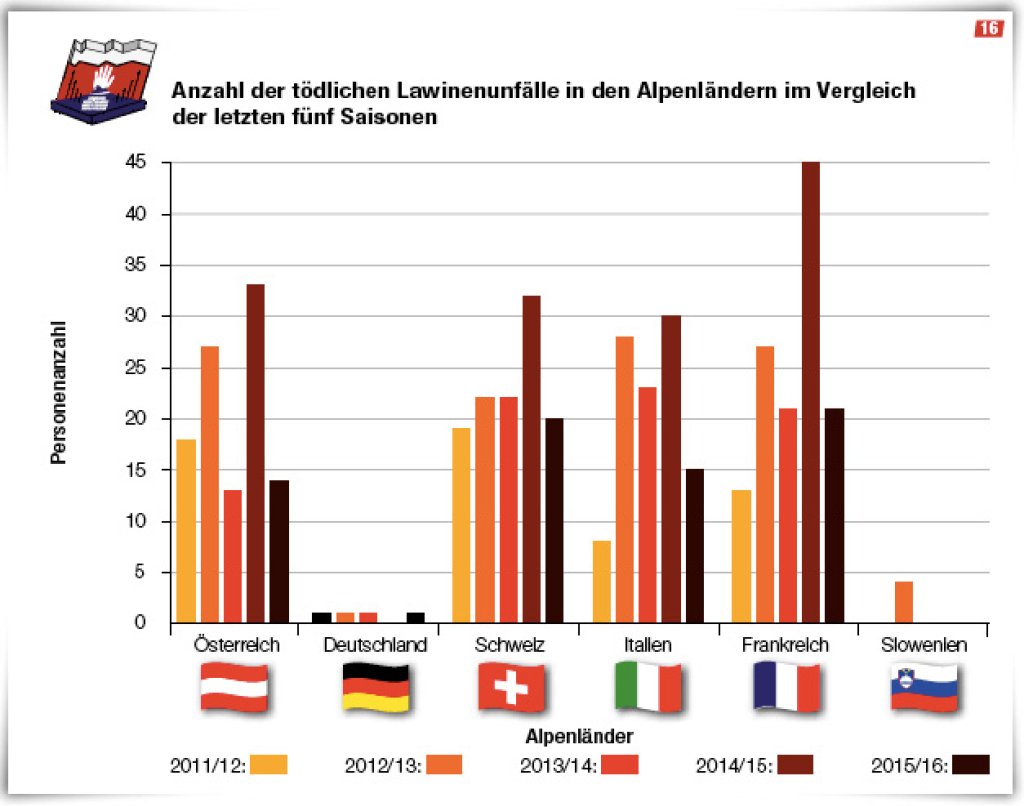The season report is available to download as a pdf here.
Winter 2016/17 in Austria
The first snowfall in the high mountains in September was followed by a cloudy, relatively cool and snowy October and a changeable November. At the end of November, a long-lasting high pressure situation established itself, which had the Austrian Alps firmly in its grip until Christmas with only a few brief interruptions. December 2016 was a good 3 degrees warmer than the long-term average and in only two years in the long history of measurements has December been drier than 2016. In the first few days of January, the entire Eastern Alps then experienced a deep winter with snow and sometimes very cold temperatures. Between the precipitation events, it repeatedly cleared up, allowing surface frost to form several times, which was then snowed in. January 2017 was one of the coldest on record. In terms of precipitation, the situation in Austria was split in January: a lot in the north, almost nothing in the south. The cold period came to an end at the turn of the month. February also saw the first major snowfall in the south, although rain fell repeatedly up to high altitudes. March 2017 broke the previous temperature record and goes down in the statistics as the warmest March in recorded history. The temperature in April was again below average. Very heavy snowfall set in in the middle of the month - due to up to 150 cm of fresh snow in 30 hours, two regions were briefly issued with a danger level 5. Finally, May was also cool and changeable at first, but then quickly turned into early summer. In the middle of the month, it even broke the 30 degree mark and overall there was 40% less precipitation than the long-term average.
